Phonics Skills Normal Consonants Worksheets for Ages 3-6
12 filtered results
-
From - To
Enhance your child's reading journey with our "Phonics Skills Normal Consonants Worksheets" designed for ages 3-6! These engaging worksheets offer a fun and interactive way for young learners to master consonant sounds through a variety of activities. Your child will explore letters and build phonemic awareness, essential skills for successful reading. The colorful designs and child-friendly themes make learning enjoyable while encouraging creativity and curiosity. Perfect for both classroom and at-home learning, these worksheets help lay a strong foundation in phonics, setting your little one on the path to literacy. Download now and watch your child's confidence grow!


Blending Consonants: "Fl", "Bl" and "Gl" Printable
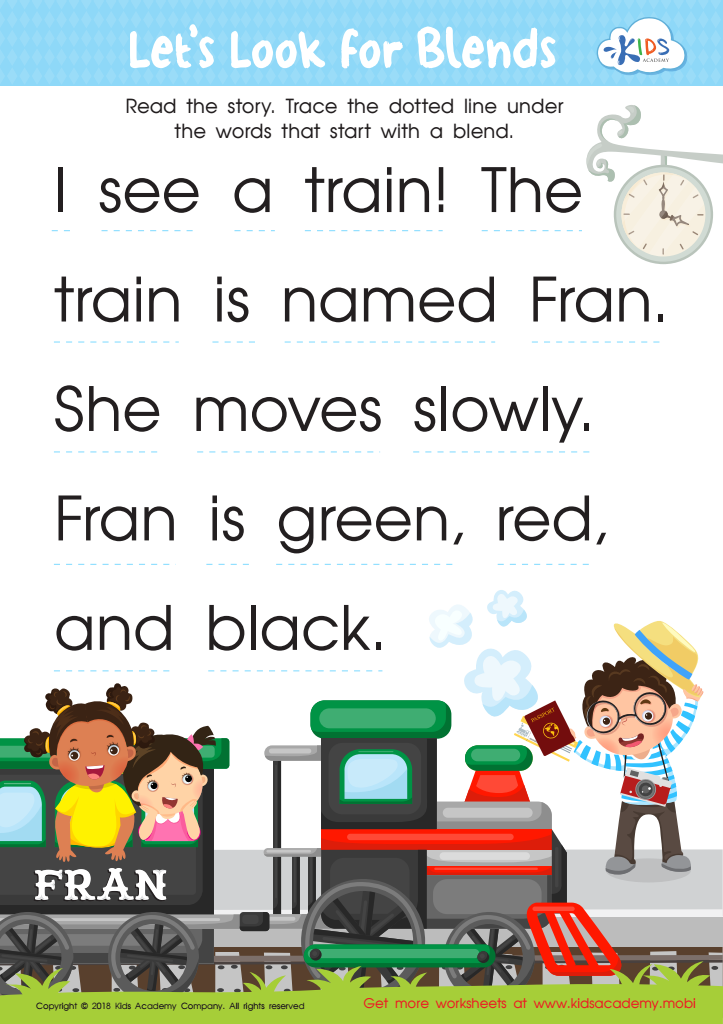

Let's Look for Blends Worksheet
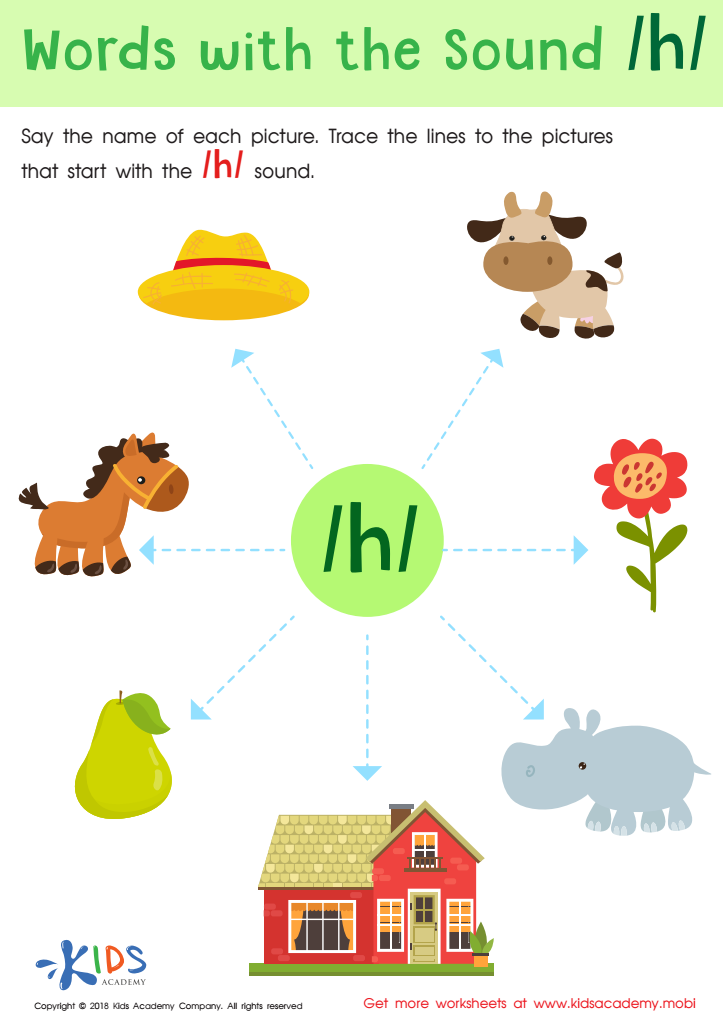

Words with sound h Reading Worksheet
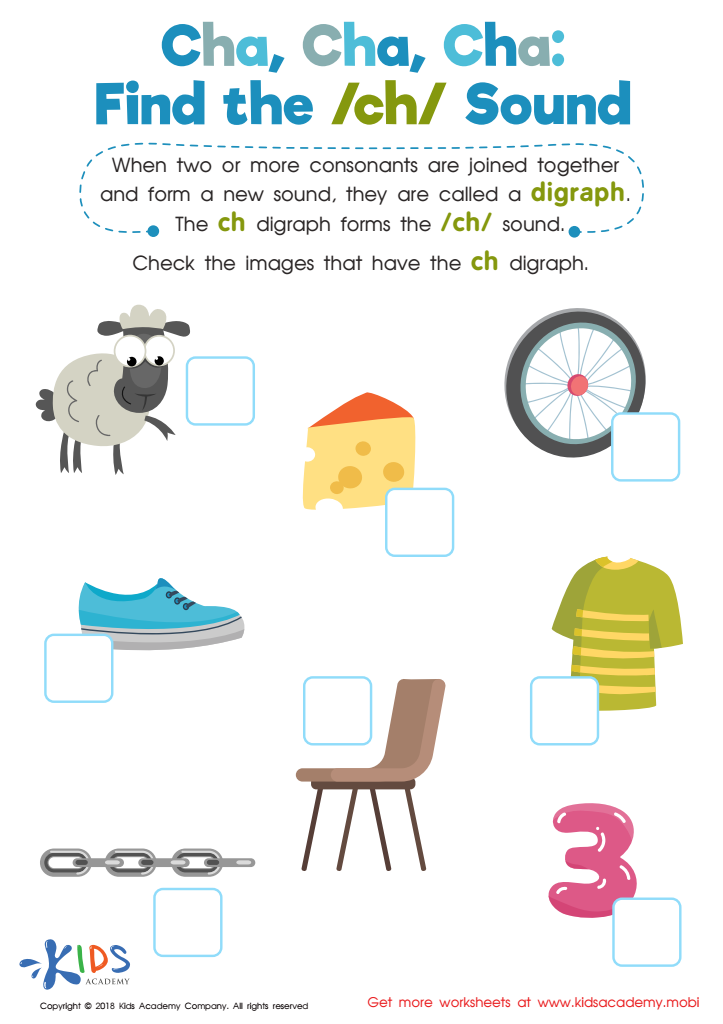

Cha, Cha, Cha: Find the /Ch/ Sound Worksheet
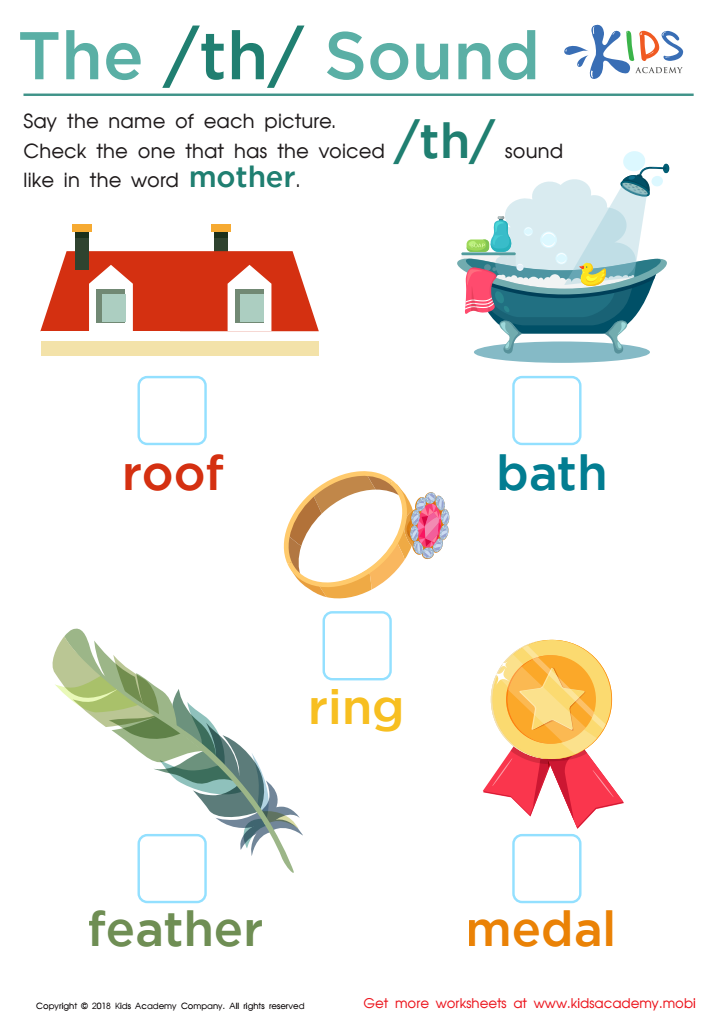

The /th/ Sound Worksheet
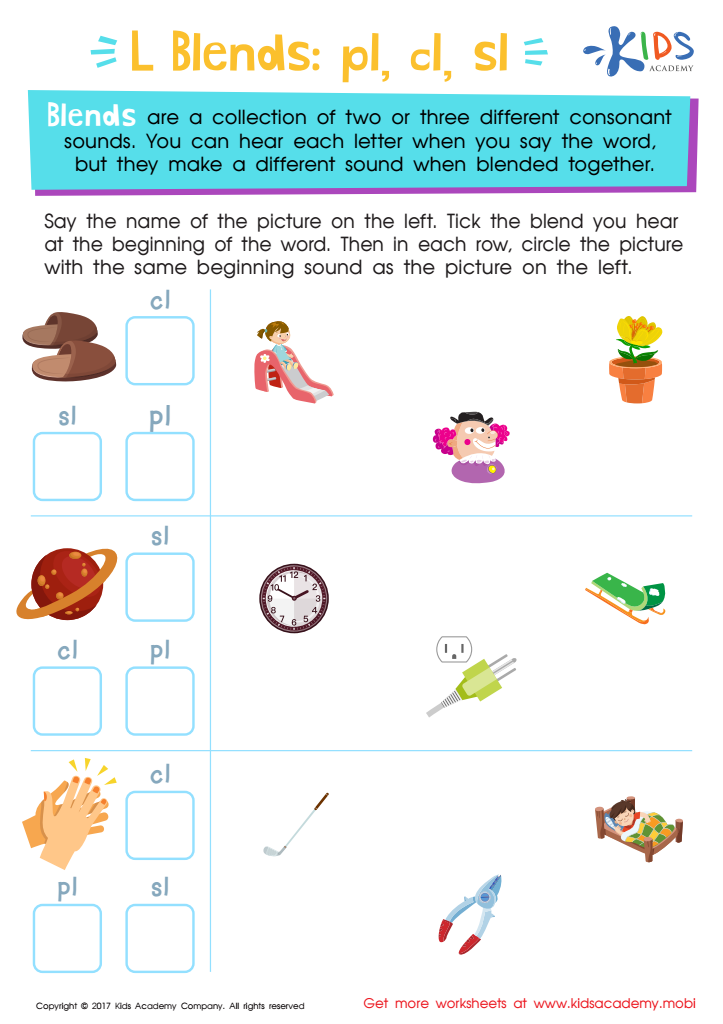

L Blends: "Pl", "Cl" and "Sl" Printable
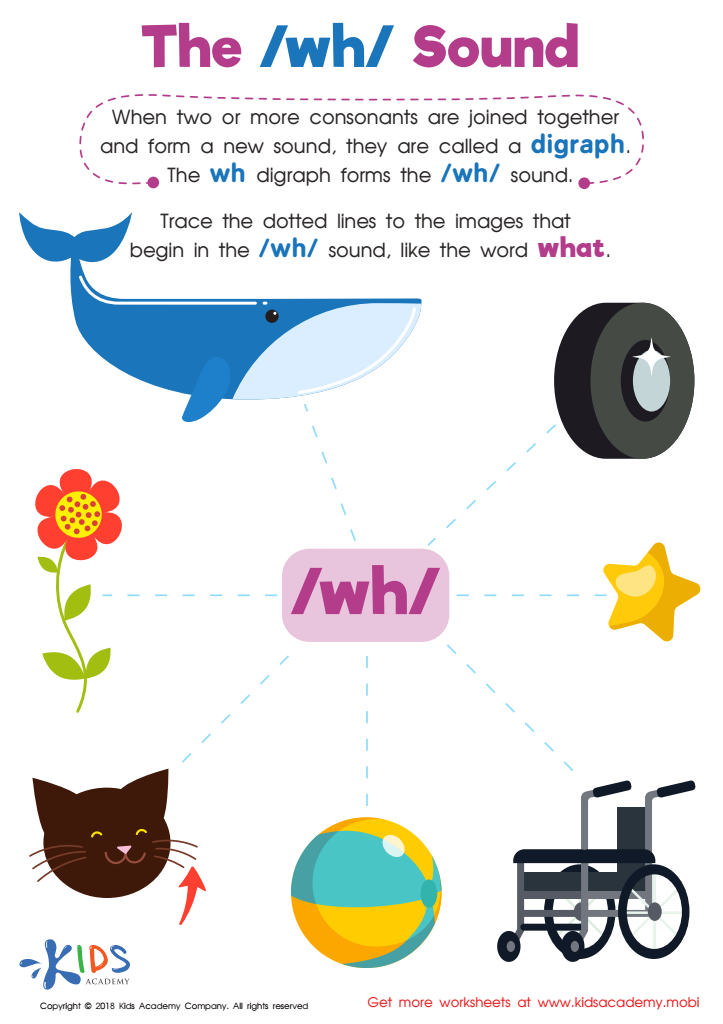

The /wh/ Sound Worksheet
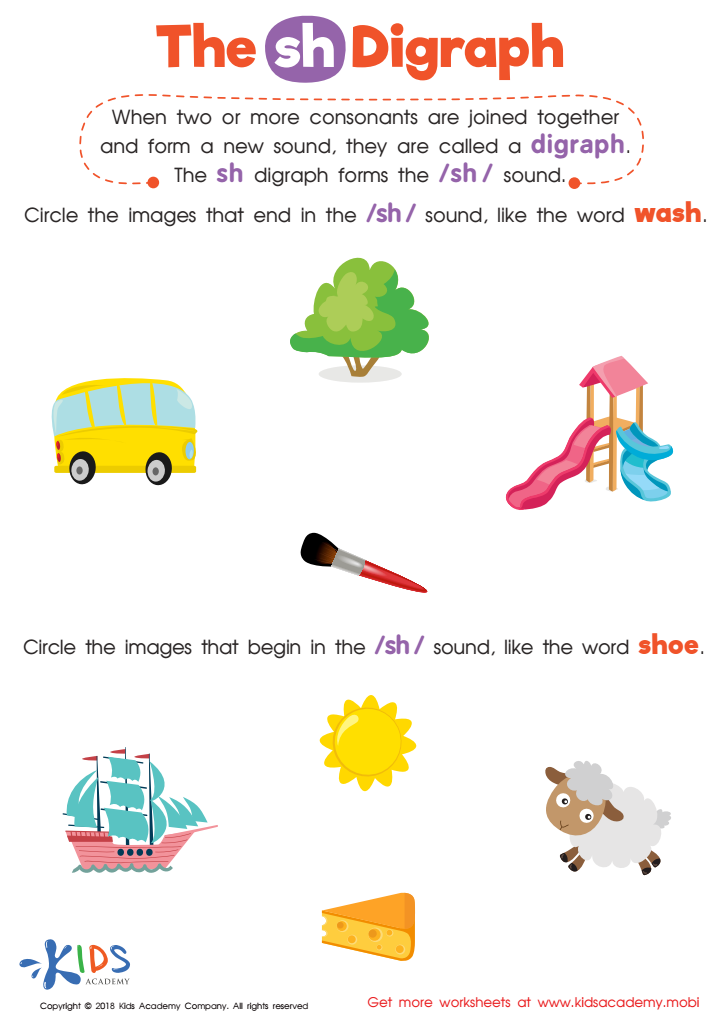

The SH Digraph Worksheet


Missing Digraph: Part 2 Worksheet
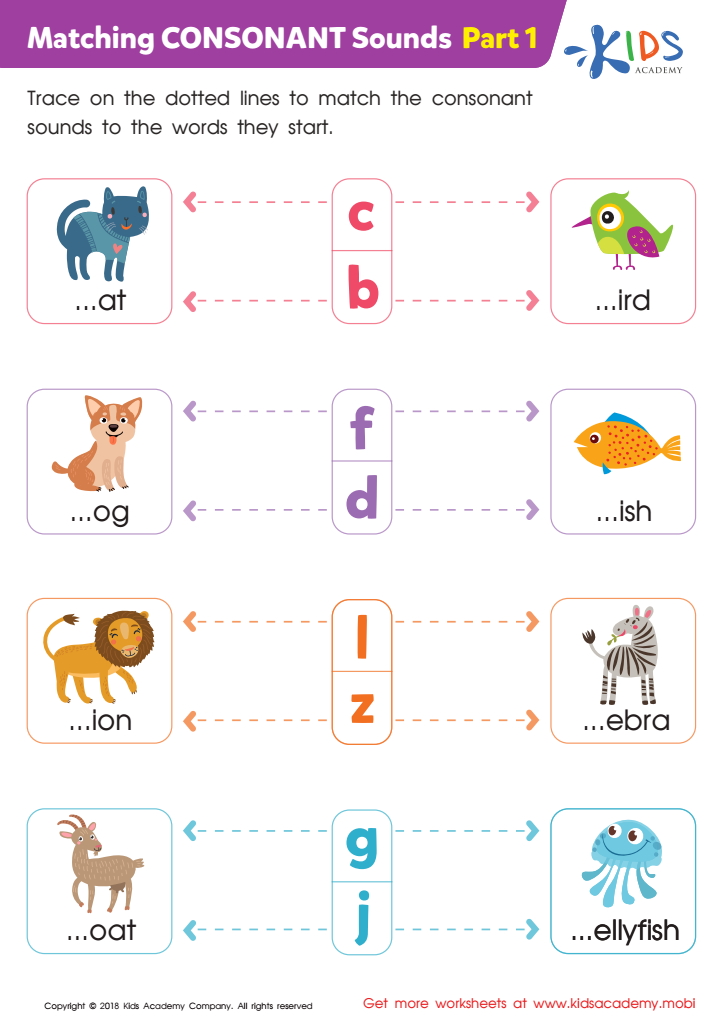

Matching Consonant Sounds: Part 1 Worksheet


Consonant Blends: "Dr" and "Tr" Printable
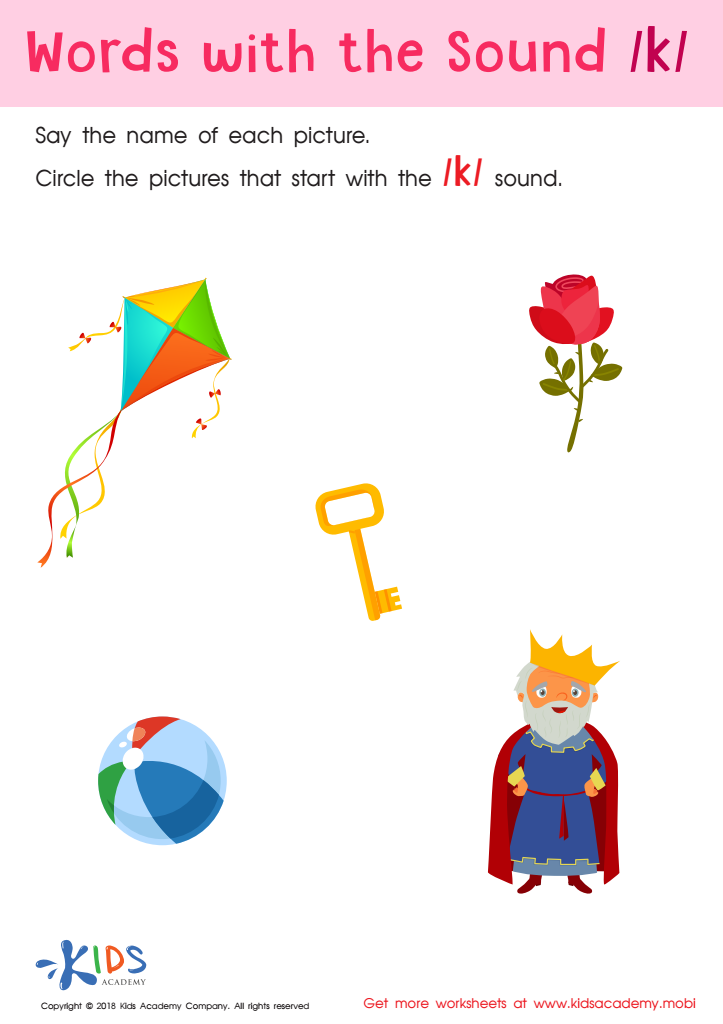

Words with sound k Reading Worksheet
Phonics skills, particularly understanding normal consonants, are foundational for early literacy development in children aged 3 to 6. Teaching children to recognize and sound out consonants sets the stage for effective word decoding, which is essential for reading fluency.
At this age, children are developing the key skills needed for language acquisition. By focusing on normal consonants, parents and teachers help children understand the relationship between sounds and letters, fostering phonemic awareness. This skill encourages children to blend sounds together, leading to improved spelling and comprehension.
Furthermore, phonics promotes early vocabulary expansion. When children grasp consonants, they can experiment with pronunciation and will become more confident in their reading abilities. This instills a love for reading and learning that can significantly impact their educational journey.
Supporting phonics skills also allows for differentiation in learning; understanding consonants can aid in addressing the specific needs of children who may struggle with reading. As a result, both parents and teachers play a crucial role in helping children establish a solid literacy foundation, ensuring they are prepared for future academic success and lifelong learning.
 Assign to My Students
Assign to My Students









